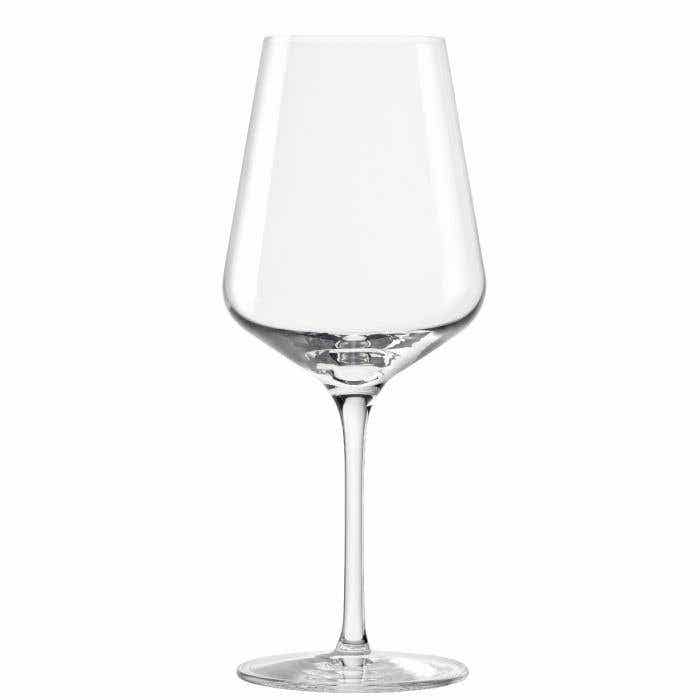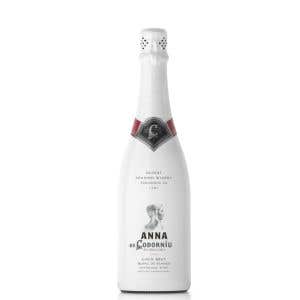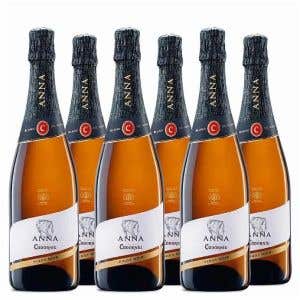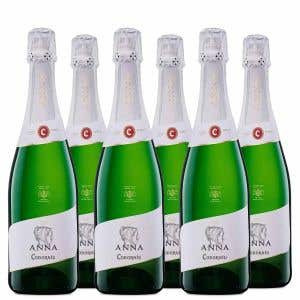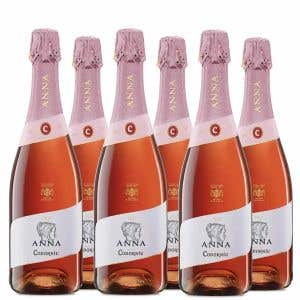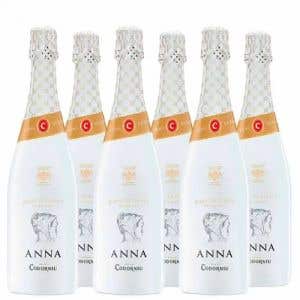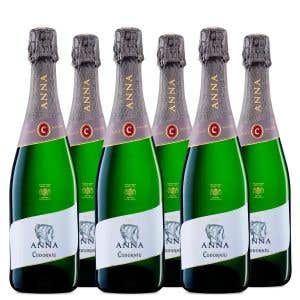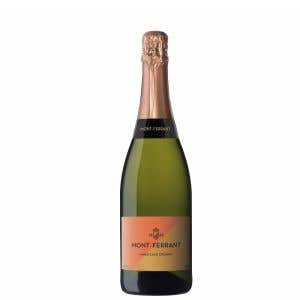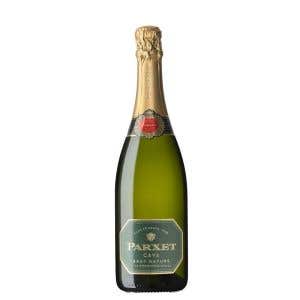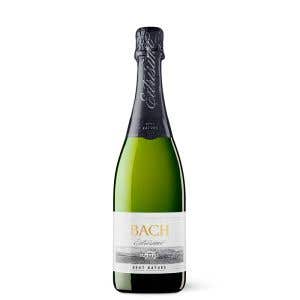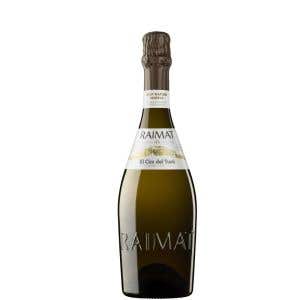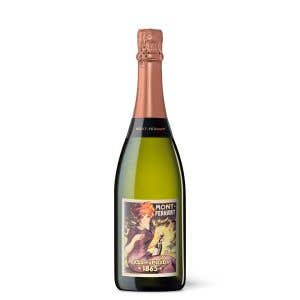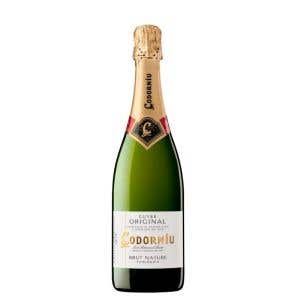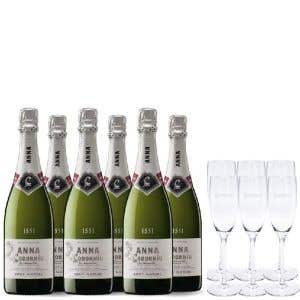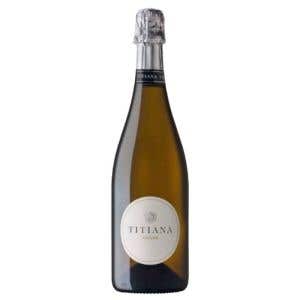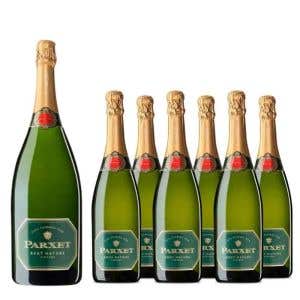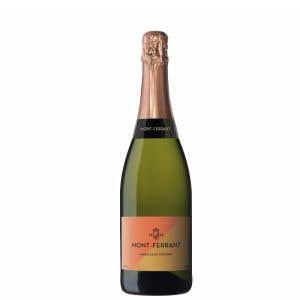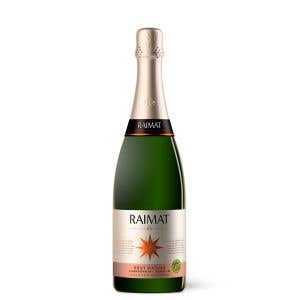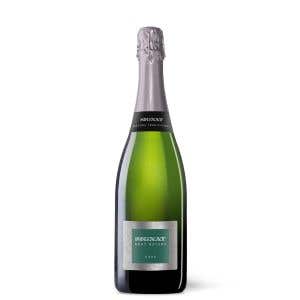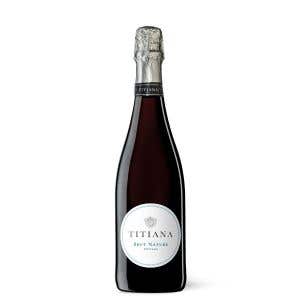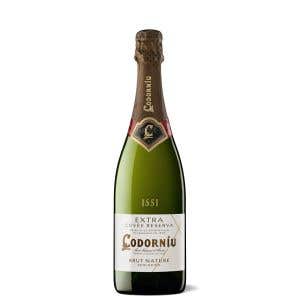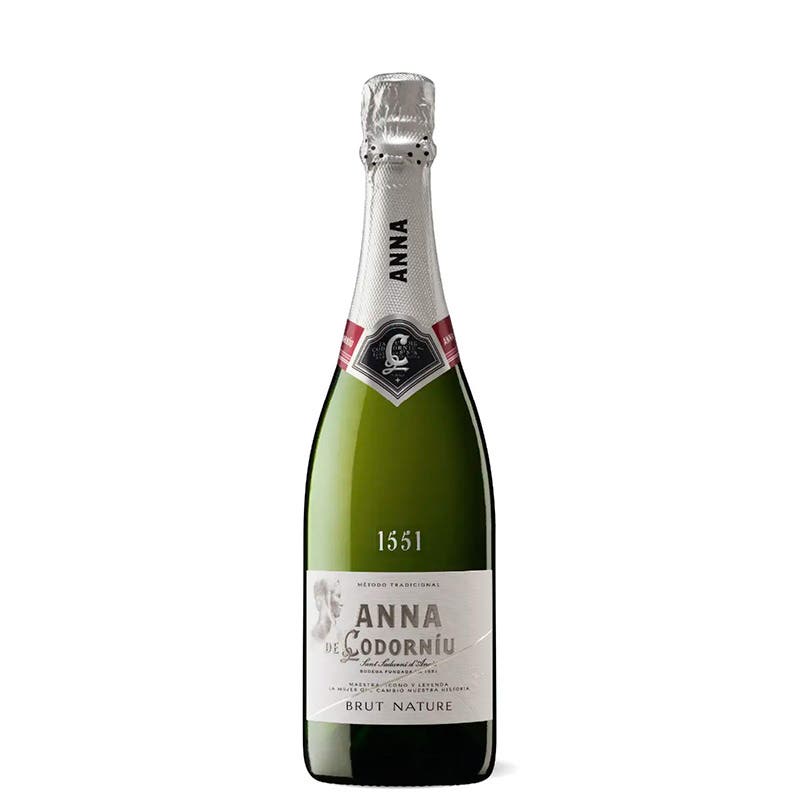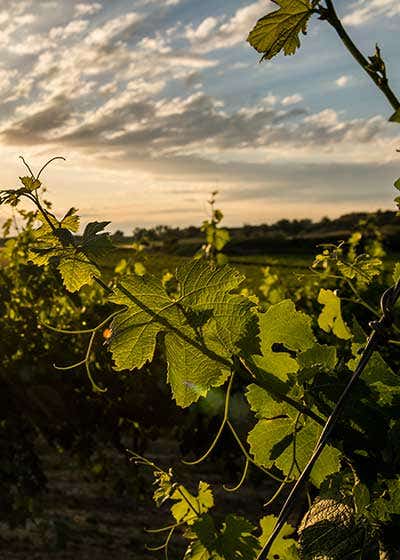

Anna de Codorníu is made in homage to the woman who changed the history of our winery. Her mastery, elegance and authenticity are reflected in the cava that inherited her name. In 1984 the first vintage went on sale, a pioneer at the time for being the first to incorporate the Chardonnay variety into the blend. It's not surprising that it's the leading cava in terms of sales in Spain: enjoy its delicate aromas and unmistakeable freshness in various formats. Choose the Brut Nature version if you like your cava on the bitter side, with very little sugar content. You don't need much of an excuse to raise a toast with Anna.
View
Brilliant yellow with greenish hues. A fine mousse forming with continuous effervescence and a persistent crown.
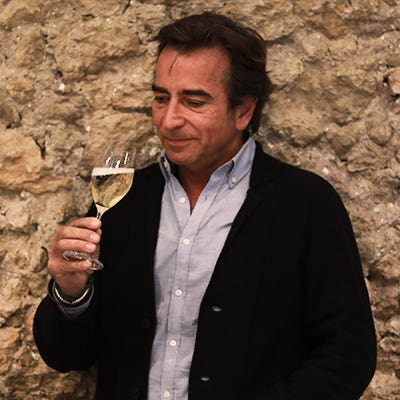

Nose
Refreshing citrus notes appear on the nose and palate, underlain with notes of honey, walnuts, almond blossom and apple.
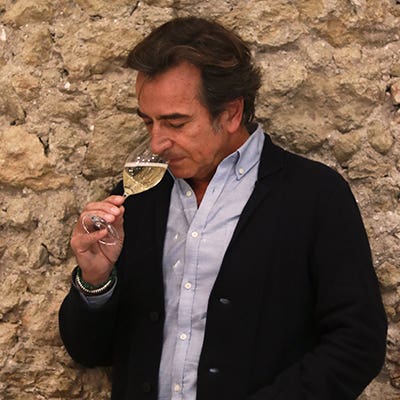

Palate
The Chardonnay’s creaminess together with its period of aging enable us to make this Brut Nature without the addition of sugar. A balanced cava with a long finish and delicate flavours.
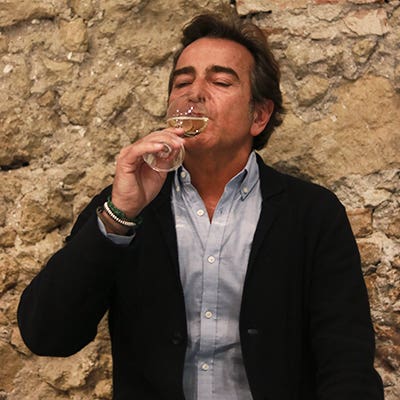

Varieties and Analysis
Yes
Contains sulfites11.5-12%
Alcohol volume (%)D.O. Cava
Designation of OriginChardonnay, Parellada, Xarel·lo-Macabeo
Variety/CoupageCava
ProductYes
Suitable for vegansThe Winery
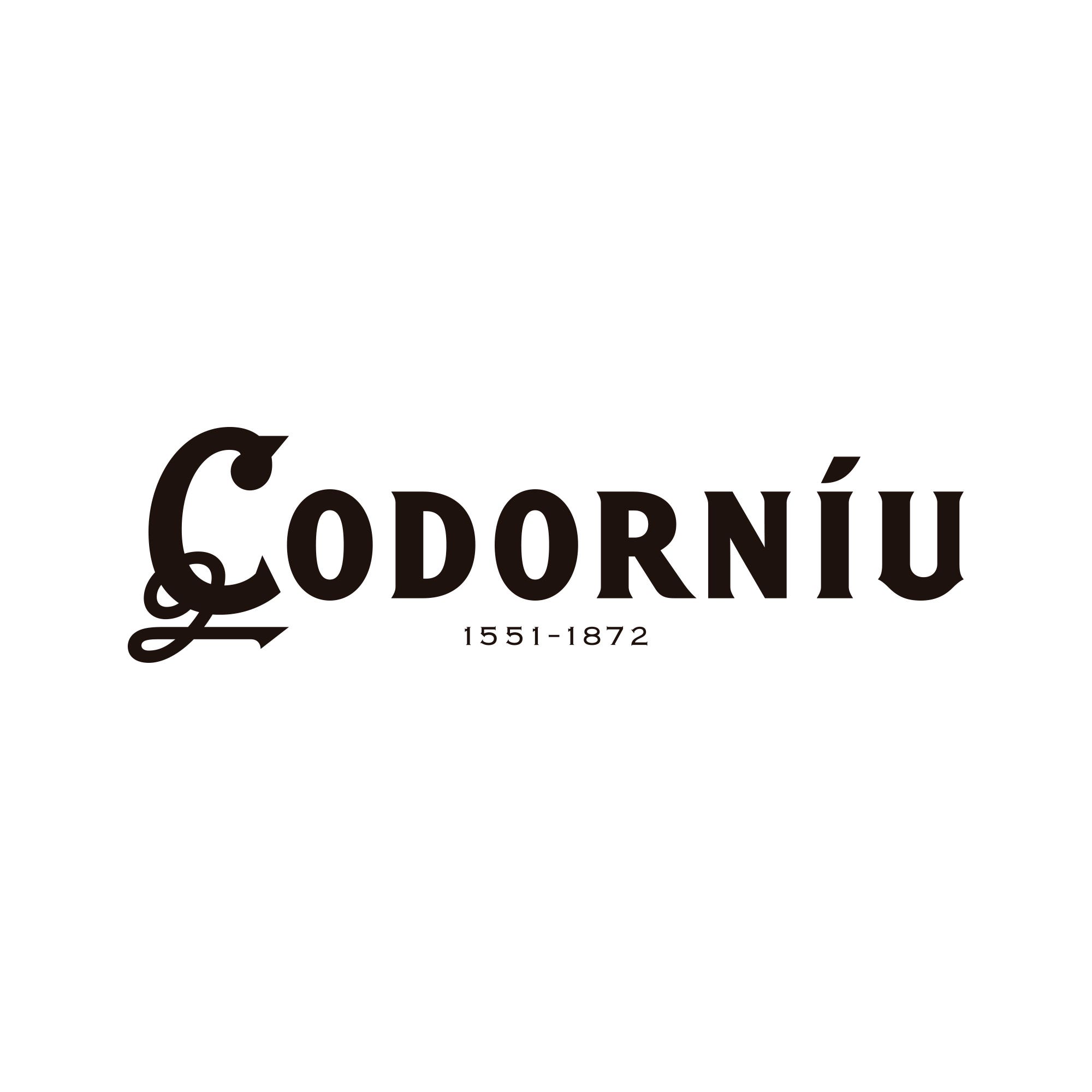

The history of Codorníu is the story of 18 generations of a vine growing family. In 1872, Josep Raventós made the first bottle of cava, applying the traditional method to a blend of the grape varieties of Penedès: Macabeo, Xarel·lo and Parellada. Codorníu reflects the history, tradition, passion and expertise of a family winery with more than 450 years of history, which today continues to maintain its leading position in the production of quality wines and cavas. His cellars in Sant Sadurní d’Anoia were declared a National Historic Artistic Monument in 1976, as one of the key works of Catalan modernism, created by Puig i Cadafalch.
Elaboration - Vinification
We plan the optimum time to harvest each varietal.
We plan the optimum time to harvest each varietal. The grapes are destemmed and then pressed to obtain the musts. We then add selected yeasts and the musts are left to ferment at a temperature of 15 ºC - 17 ºC.Once all the fermentations have taken place and the wines have been stabilised, they are then blended and the resulting wine is bottled along with the liqueur de tirage. The bottles are stored in our underground cellars (at a constant temperature of 15ºC) where the second fermentation takes place followed by a period of aging in contact with the lees of the yeasts. In total, they are left at least 12 months in the winery before the riddling (rotating the bottles to facilitate agglutination and subsequent elimination of sediment) and disgorging, where the sediments deposited after the second fermentation are removed. A dose of expedition liqueur is then added, which determines the cava’s residual sugar content. Finally, the bottle is capped with a cork closure.


Vineyard - Viticulture
The grapes used to make Anna de Codorníu Brut Nature come from two very different winegrowing regions.
The grapes used to make Anna de Codorníu come from two very different winegrowing regions. The Chardonnay varietal comes from the winery’s own vineyards located in the region with the most continental climate within the D.O. Cava, in Lleida, which makes for optimum concentration, less acidity, more body and more intense aromas. The Xarel.lo, Macabeo and Parellada varietals come from vineyards selected by our Winegrowing and Enology teams in the area of the Penedés, where these varietals attain their optimum typicity: a good level of acidity, freshness and citrus and floral aromas. The winegrowing is based on integrated vineyard production methods that have been especially adapted to make sparkling wines. The harvest takes place around mid-August and always at night so as to keep the grapes as cool as possible and retain aroma whilst preventing oxidation or spontaneous fermentations.

